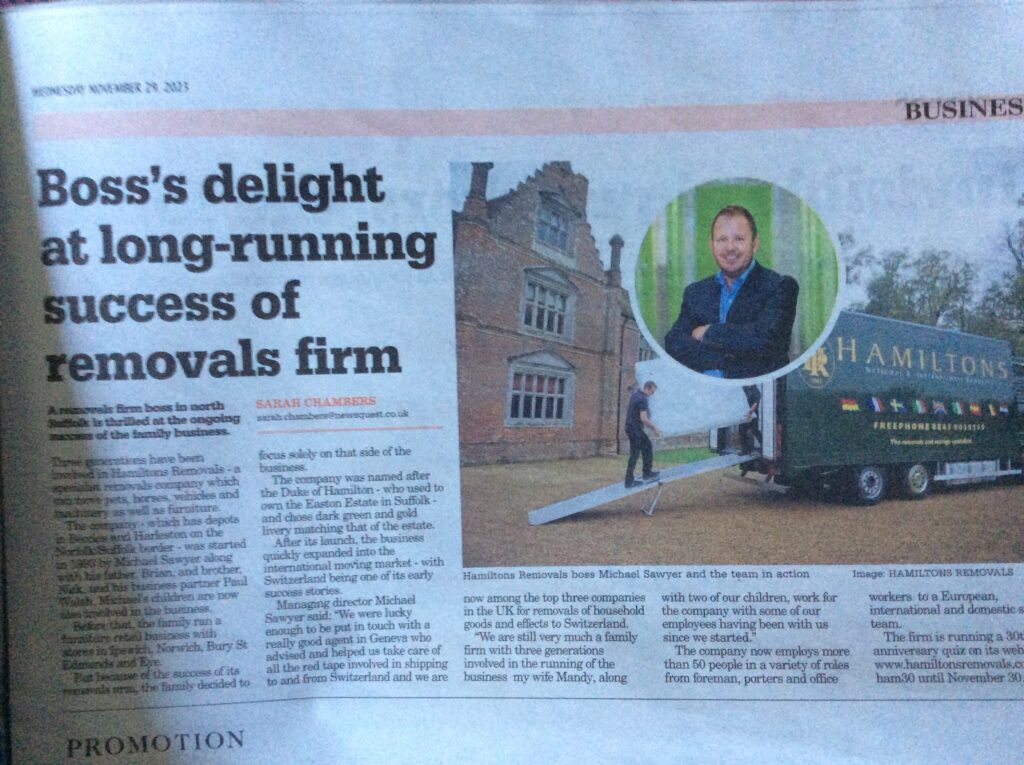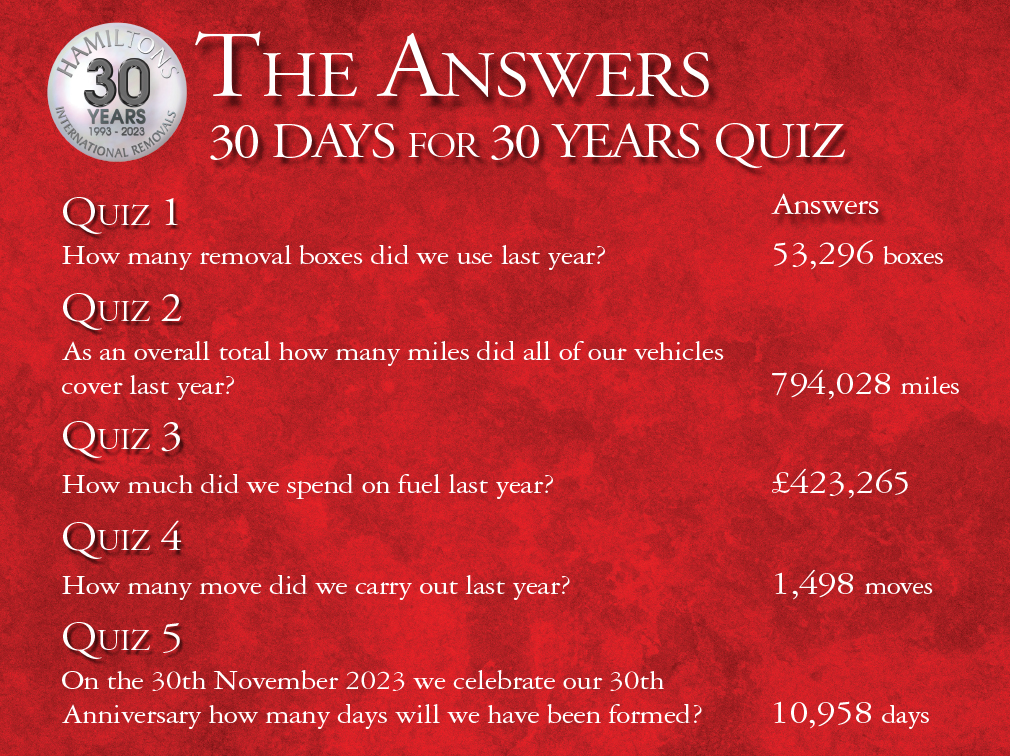Blog
Driving on the Left – or the Right?

One of the biggest differences you will experience if you are moving from the UK to Europe is on the roads. Many other countries drive on the left-hand side of the road – so you will need to learn a whole new set of driving habits.
Hamiltons Removals provide high-end UK removals to Europe and further afield. Here we take a look at reasons why some countries drive on the left and others on the right – and how we can help you move vehicles abroad.
The History of Driving on the Left and the Right
Originally most countries drove on the left. This is thought to date back to the time when the only horsepower on the roads was of the equine variety; riders preferred to stay on the left as this meant they could defend themselves more easily against any approaching highwaymen or foes (assuming they were right-handed and so would carry a sword in their right hand).
However, many other countries drive on the right thanks to the influence of the French, and Napoleon in particular. Noblemen and women rode on the left in France, forcing everyone else to ride on the right. In addition, Napoleon insisted that his armies rode in the right during military manoeuvres to avoid congestion and getting stuck in any mud. The military leader was left-handed himself and so preferred riding on the right.
When horses were replaced by cars, countries generally continued driving on the same side of the road.
So, Who Drives on What Side of the Road?
There are currently 63 countries which drive on the left, apart from the UK. These include:
- Many of the Caribbean islands, including Barbados, Jamaica and Antigua;
- Some African countries, including Kenya, Malawi and Botswana;
- Larger countries, including Australia, New Zealand and Pakistan.
Many of these places were part of the British Empire (now the Commonwealth) and simply followed the UK’s lead.
However, around two out of every three countries drive on the right. These include:
- North and South America (with the exceptions of Suriname and Guyana in the south)
- Middle Eastern countries
And, if you are considering UK removals to Europe, then the whole of the continent drives on the right (with the exception of the UK). Much of this is down to the French influence (mentioned above).
Factors to Consider when Driving Abroad
Although there is no law to prohibit you from driving a right-hand drive vehicle abroad, just as you can drive a left-hand drive car in the UK, there a number of other factors to consider. You will have to get used to a whole new set of driving habits, particularly when it comes to roundabouts, overtaking and speed limits (which may be in kilometres per hour rather than miles per hour).
You also need to ensure your car is compliant with the rules and regulations in your new country, such as those surrounding exhaust emissions, and safety equipment you need to carry in your car – such as hi-vis jackets or a warning triangle. All your paperwork and insurance (including logbooks and licences) will need to be in order as well. The relevant page on the UK Government website, https://www.gov.uk/drive-abroad, is a useful source of information here.
So, you may be better off selling your vehicle in your home country and buying something new when you arrive at your new destination.
Specialist Moves with Hamiltons Removals
However, if you do want to take your vehicle with you then Hamiltons Removals can help, thanks to our Specialist Removals team. We have purpose-built removals vehicles and ramps and have moved many different types of vehicles over the years, including some prized classic cars, and – in the case of commercial moves – tractors and other machinery.
If you would like to learn more about our any of our moving services, you can contact us on 01379 855203 or email info@hamiltonsremovals.co.uk.
Hamiltons Removals Celebrate Their 30th Anniversary

We have just celebrated three decades of moving people to all parts of the UK and all over the world!
Our 30th birthday was on November 30, and the occasion was marked by the local press. There were articles (online and in print) in the Eastern Daily Press, the East Anglian Daily Times, pictured above, and the Beccles and Bungay Journal.
We will be adding a timeline of our history to the website in the coming weeks. We have also been running an online competition over the course of the month, with fantastic prizes including cases of sparkling wine and Christmas hampers. The answers to the questions are given below.












